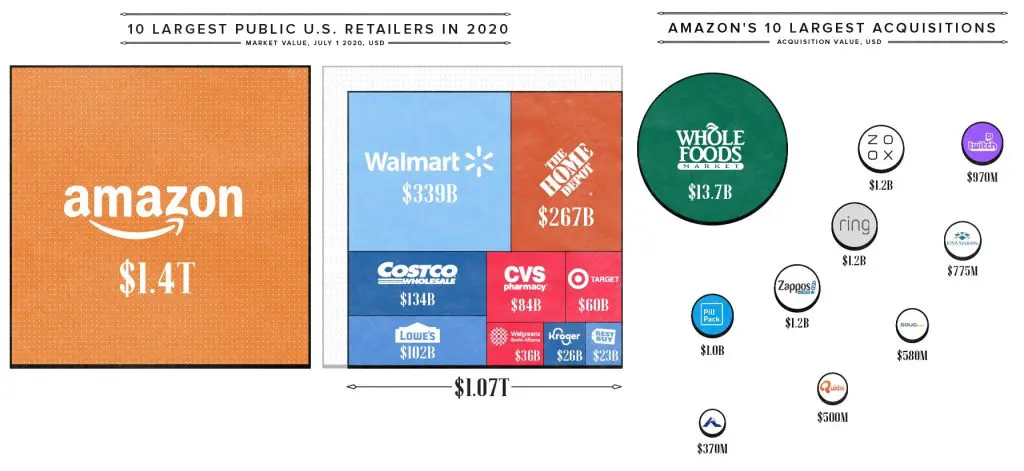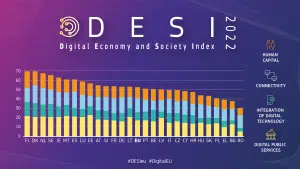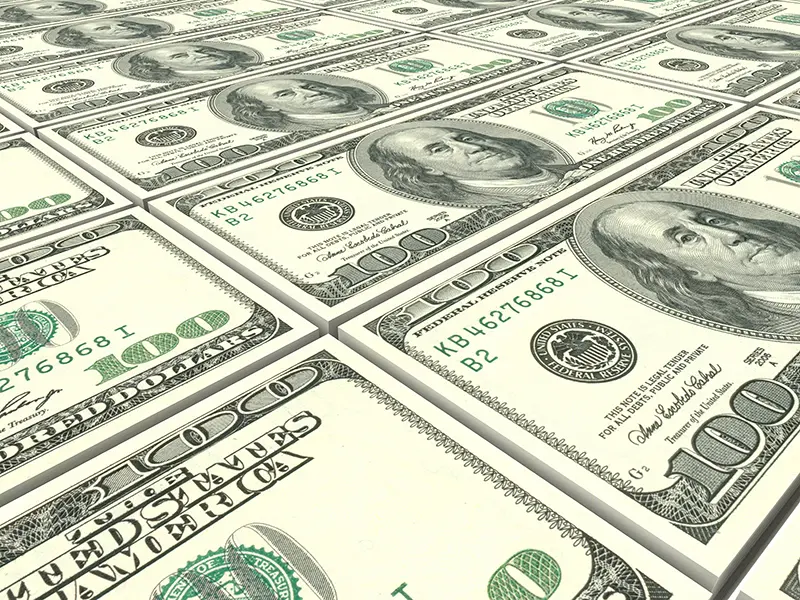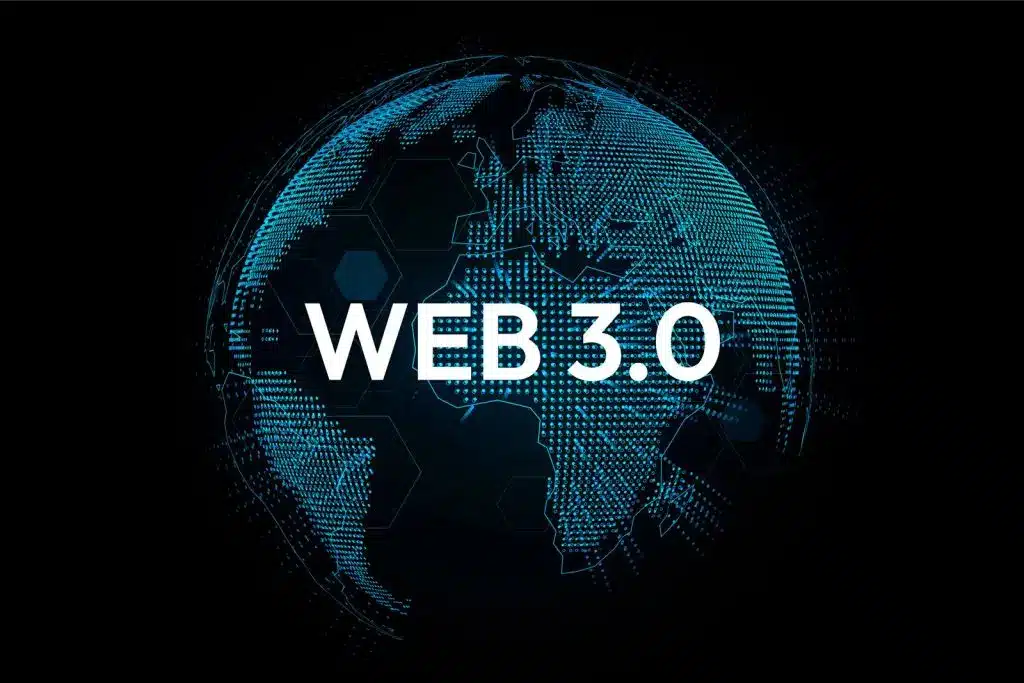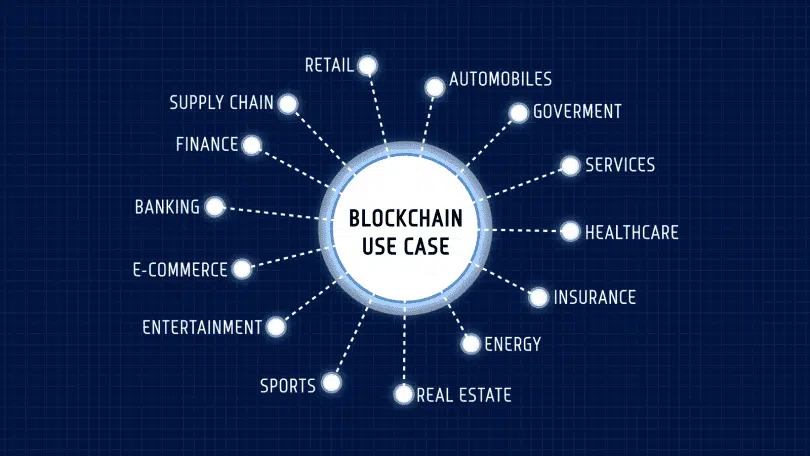The retail giant is valued at no less than $1.4 trillion, close to four times what it was in late 2016, when its market cap hovered around $350 billion. Last year alone, the company shipped 2 billion packages around the world. Amazon’s market cap alone is bigger than the nine biggest U.S. retailers put together. With nearly a 39% share of U.S. e-commerce retail sales, Amazon’s market cap has grown 2,830% over the last decade. Amazon has also been extremely busy in the acquisition area. One of the most important acquisitions was WHOLEFOODS market for $13.7B. Accounting for the lion’s share of Amazon-owned physical stores, Whole Foods has 508 stores across the U.S., UK, and Canada.
Where does Amazon also make money?
Amazon also owns gaming streaming platform Twitch, which it acquired for $970 million in 2017. Currently, Twitch makes up 73% of the streaming market and brought in an estimated $300 million in ad revenues in 2019. Amazon also has a cash-generating cloud service, Amazon Web Services (AWS), and through a collection of diversified enterprise-focused services. AWS, with estimated operating margins of 26%, brought in $9.2 billion in profits in 2019, more than half of Amazon’s total.
Harsh times for U.S. retailers. one estimate projects that at least 25,000 U.S. stores will fold over the next year. Neiman Marcus, JCPenney, and J.Crew have all filed for bankruptcy.
10 Largest Public US Retailers Market Value July 1, 2020 Market Value July 1, 2010
Walmart $339B $179B
Costco $134B $24B
Amazon $1,400B $50B
The Kroger Co. $26B $13B
Walgreens Boots Alliance $36B $26B
The Home Depot $267B $47B
CVS $84B $40B
Target $60B $37B
Lowe’s $102B $29B
Best Buy $23B $14B
